••• The agenda for yesterday’s meeting of the Santa Barbara Architectural Board of Review includes this:
DISCUSSION ON THE BUTTERFLY LANE PEDESTRIAN UNDERPASS Reference Number: PLN2019-00249
Staff: Matthew Ozyilmaz, Planning Technician II
(Proposal for improvements to a pedestrian underpass. Project proposes to repair and renovate the pedestrian underpass connected Butterfly Lane beneath Highway 101 and railroad. Project requests comments from the Architectural Board of Review, but is not within the jurisdiction of the City of Santa Barbara.)
I asked Caltrans for details. The answer: “The project consists of replacing the existing stairs with an ADA compliant ramp at each end of the pedestrian undercrossing. Architectural treatments and lighting will be added as well. There are also an upgrade to the railroad crossing which includes some fencing and a pedestrian arm and signal.” What might “architectural treatments” mean? Would the mural get painted over? And will the tunnel be closed during repairs? “The mural will remain, we are only doing new construction to the exterior of the tunnel. The lights in the tunnel will be replaced with brighter LED lighting. The architectural treatments consist of colored concrete with form-liner on the retaining walls next to ped ramps. Decorative lighting, and addition of a concrete barrier up on the freeway to separate traffic from the portal openings. Yes, there will be some closures during the construction, there is no other way to build this without some closures of the tunnel.”
••• I hear that 818 Hot Springs Road, the 1930s Lutah Maria Riggs estate that was put up for auction in late February, has fallen out of escrow and is no longer on the market.

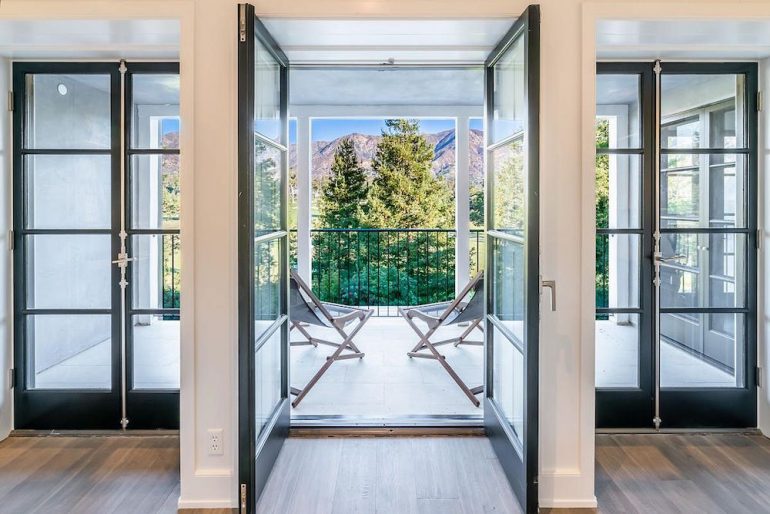
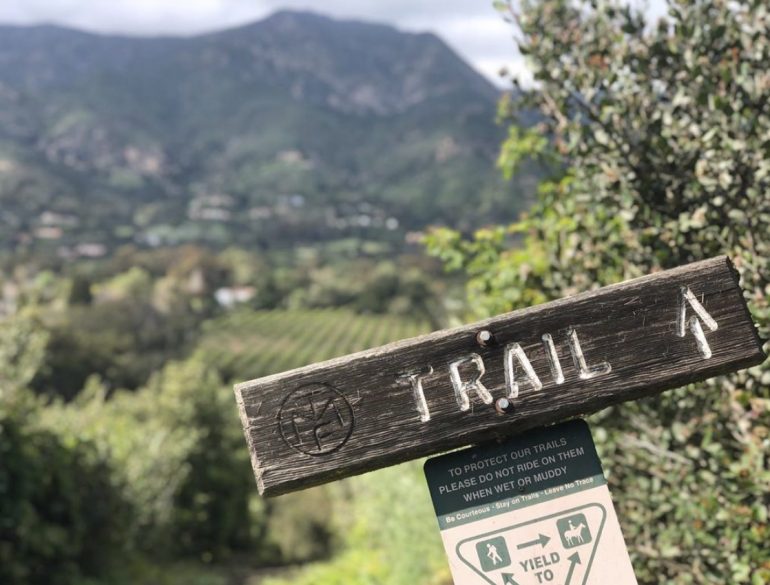
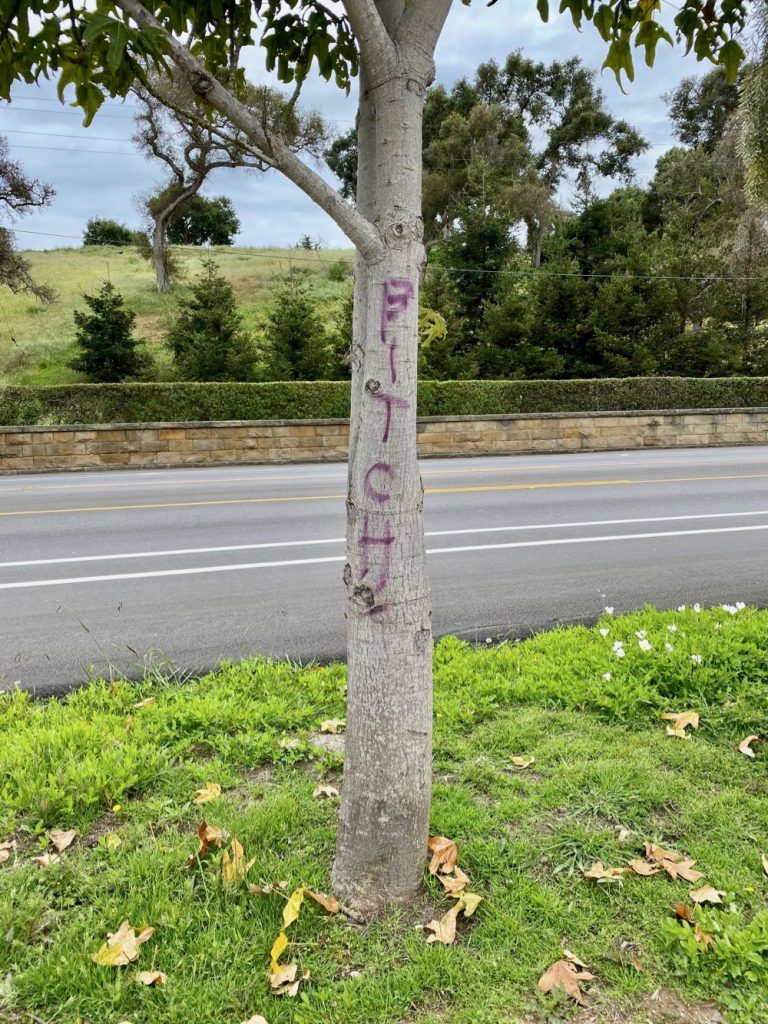


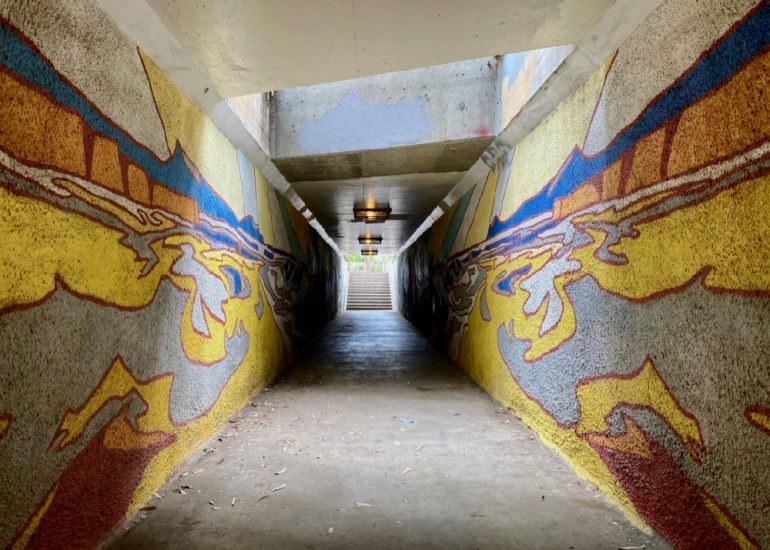







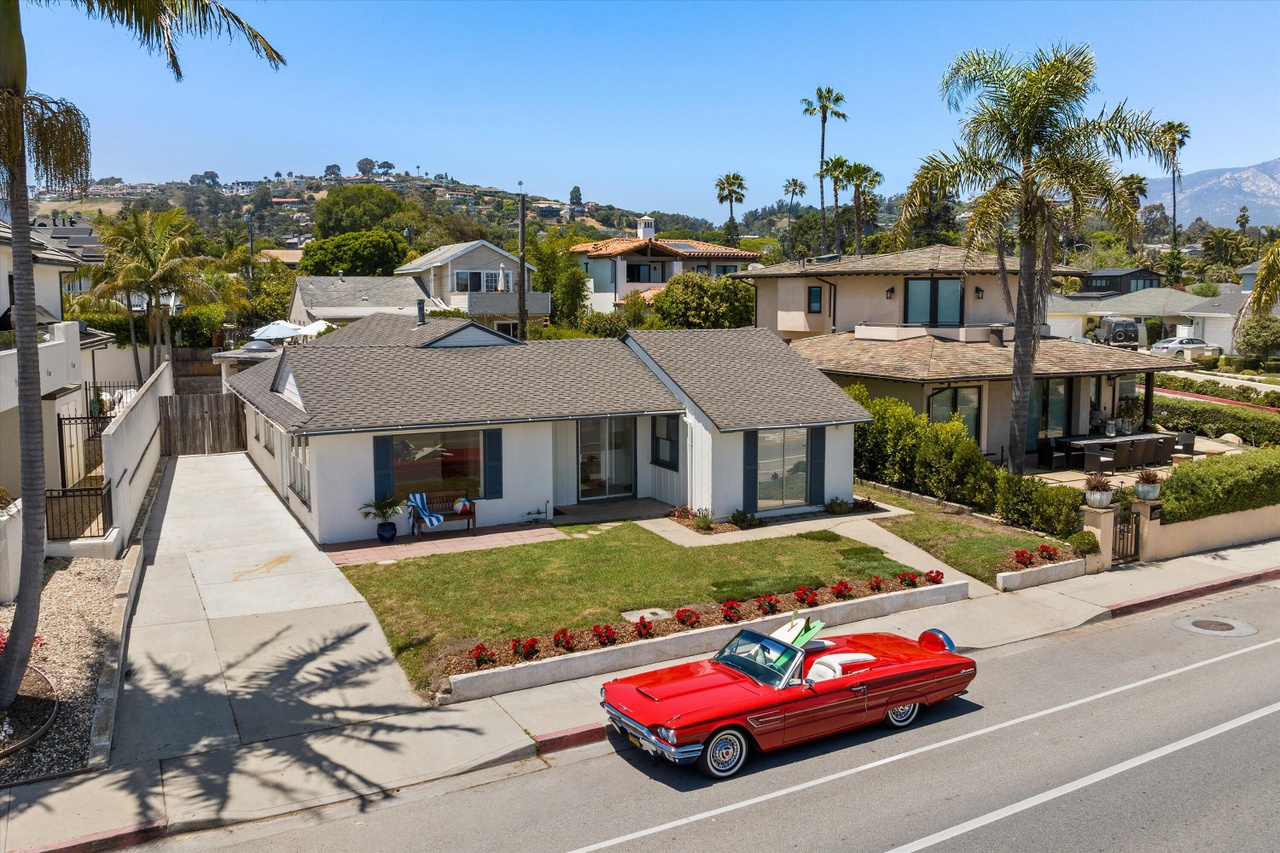



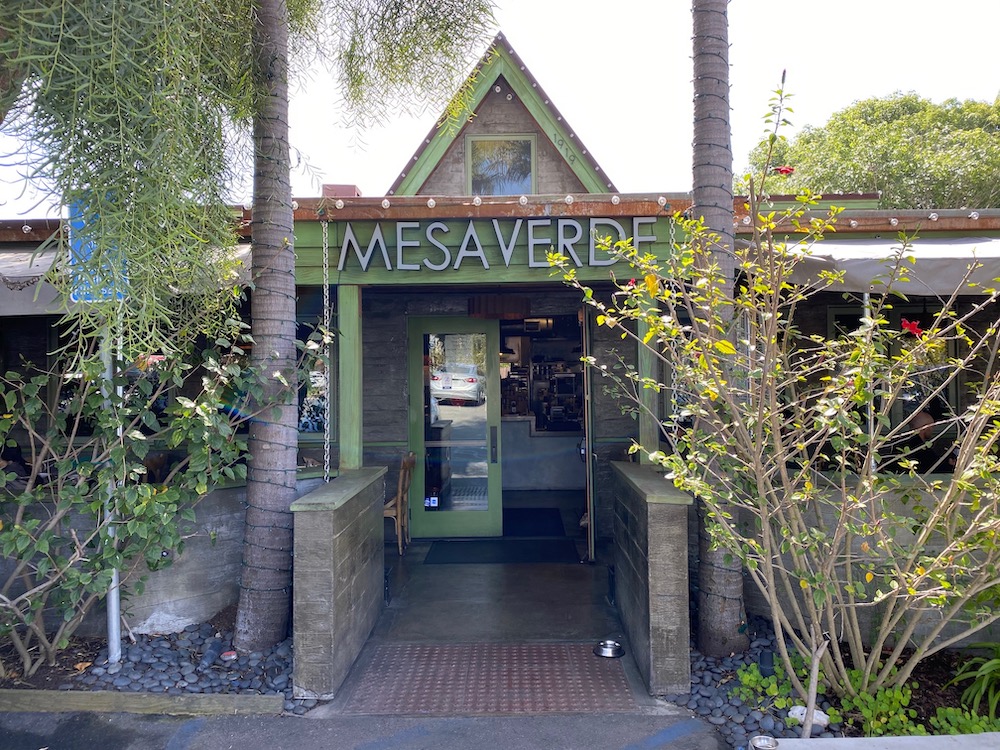
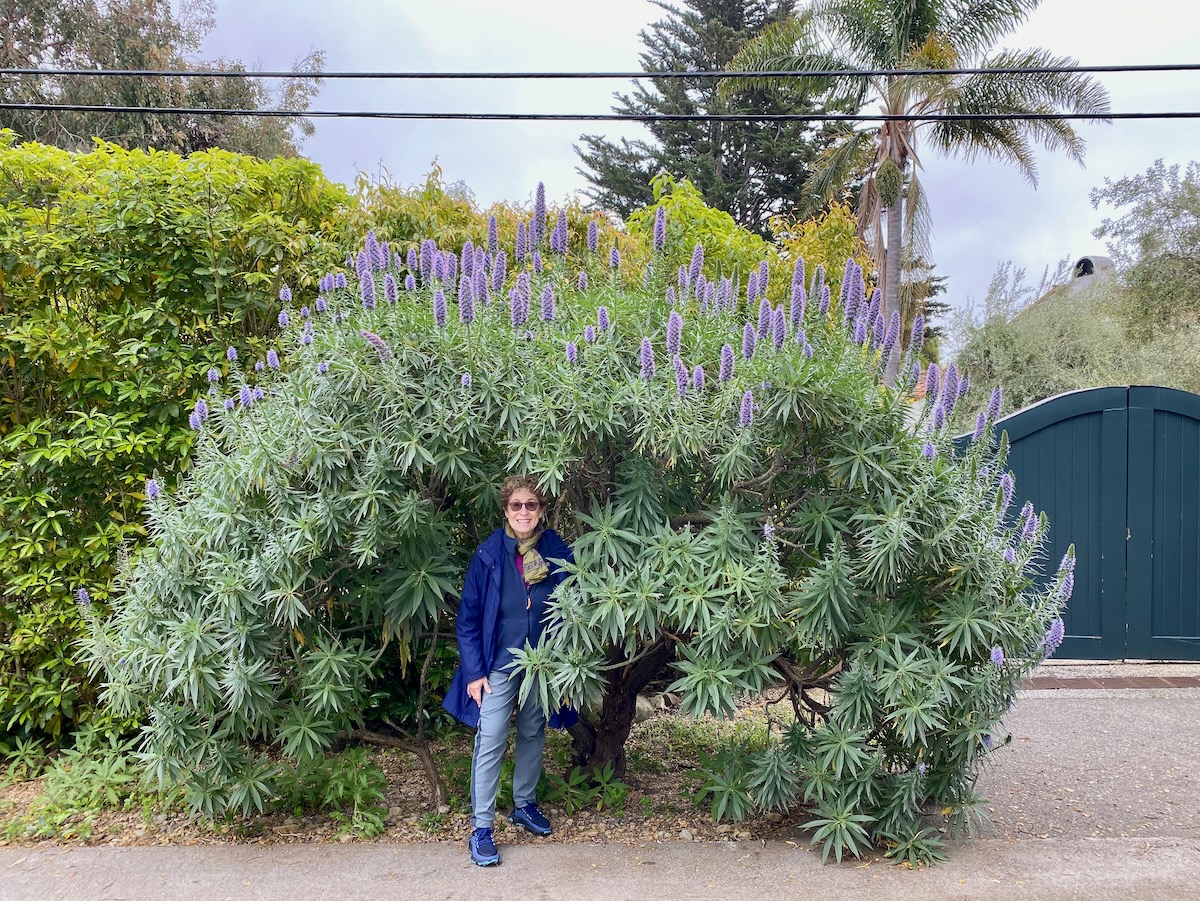

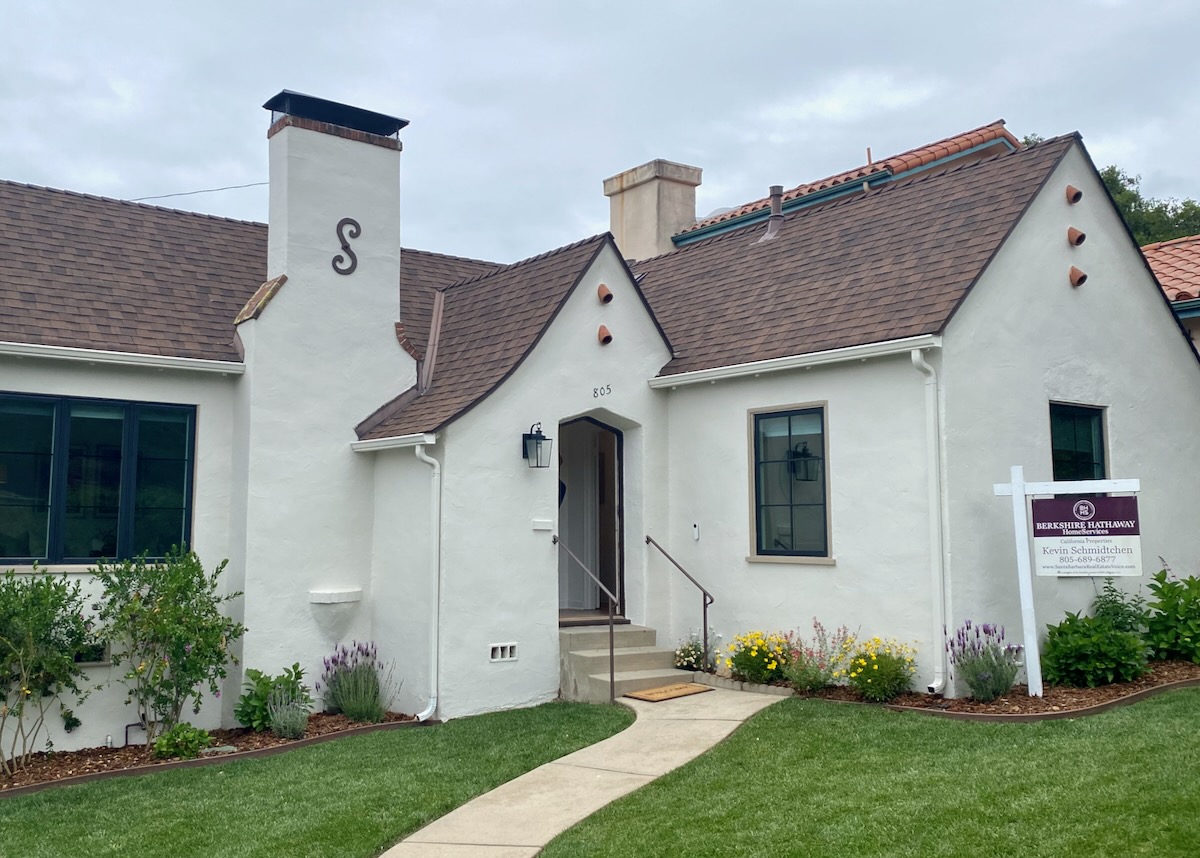
Comment: